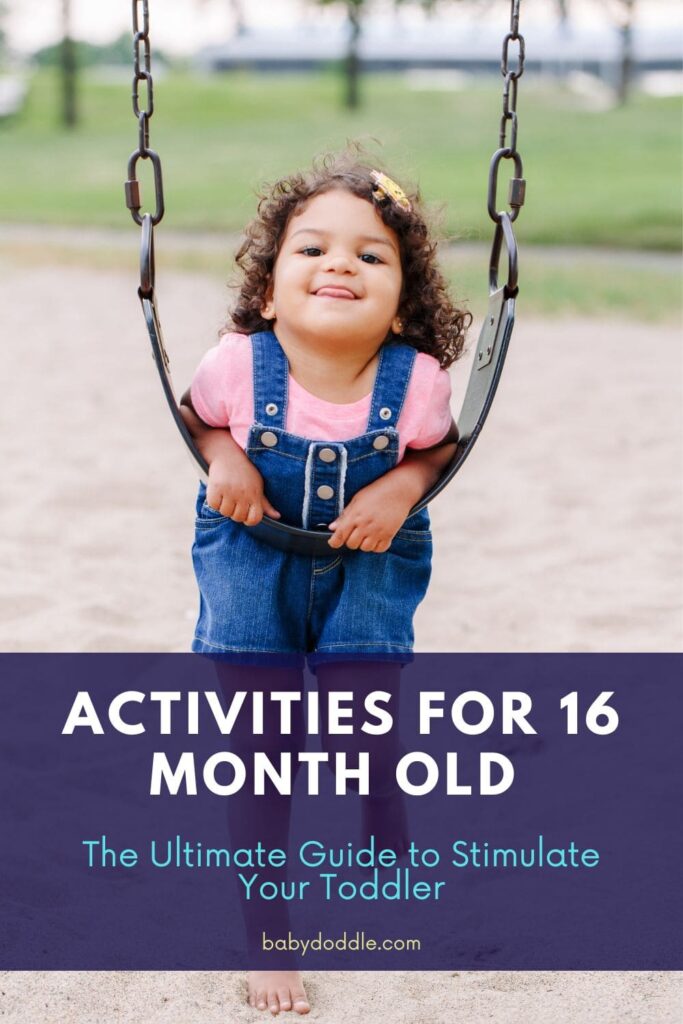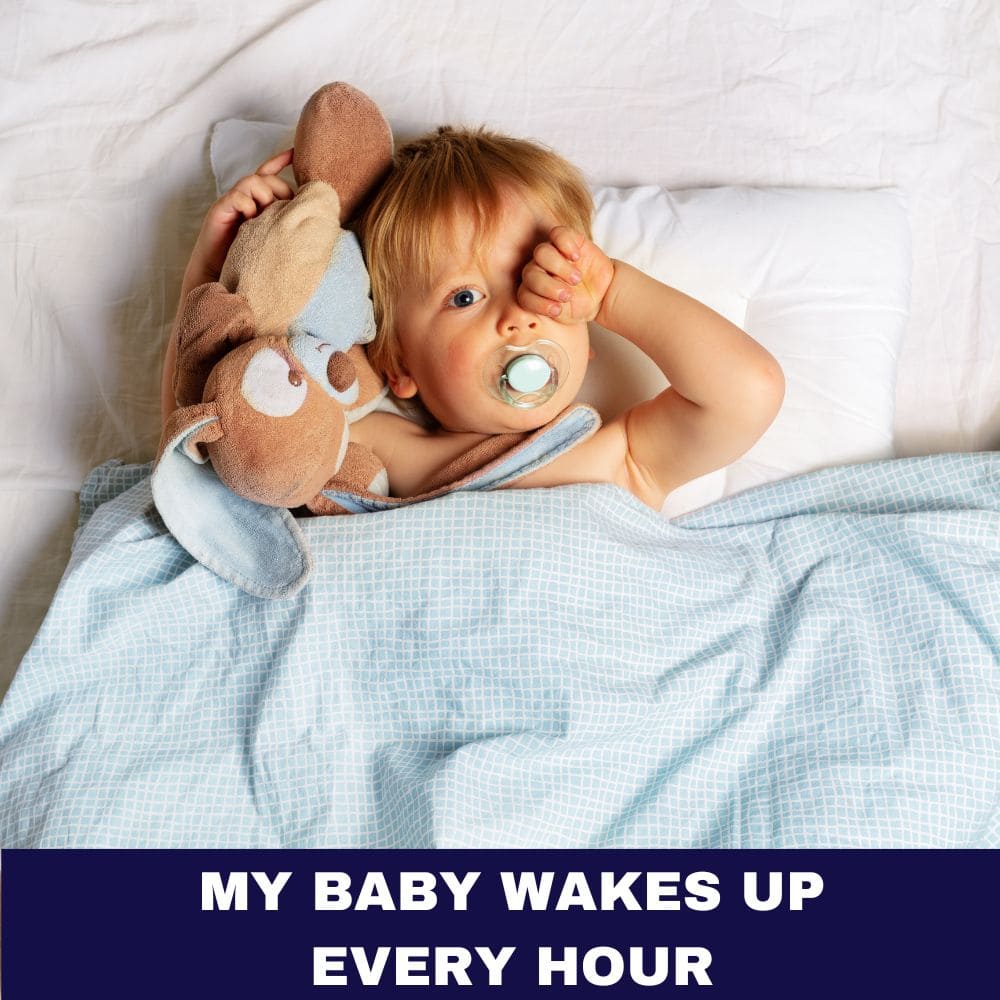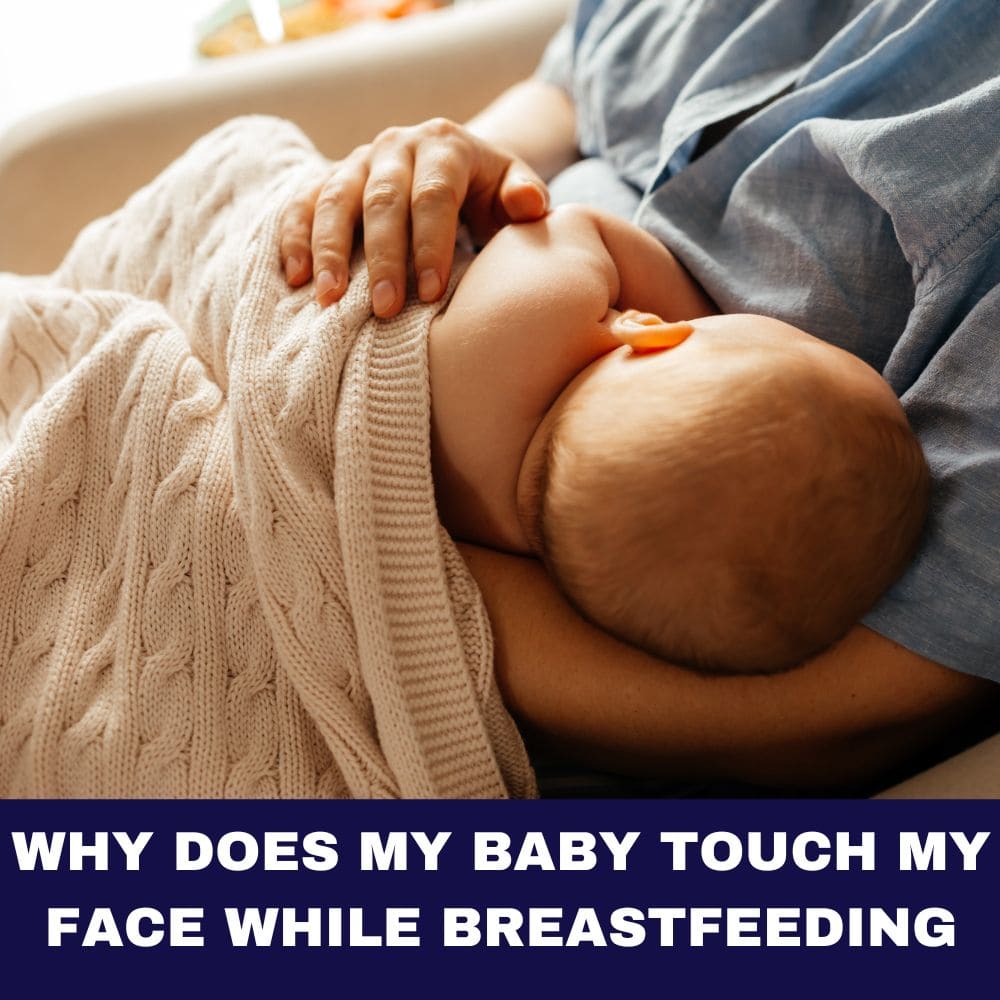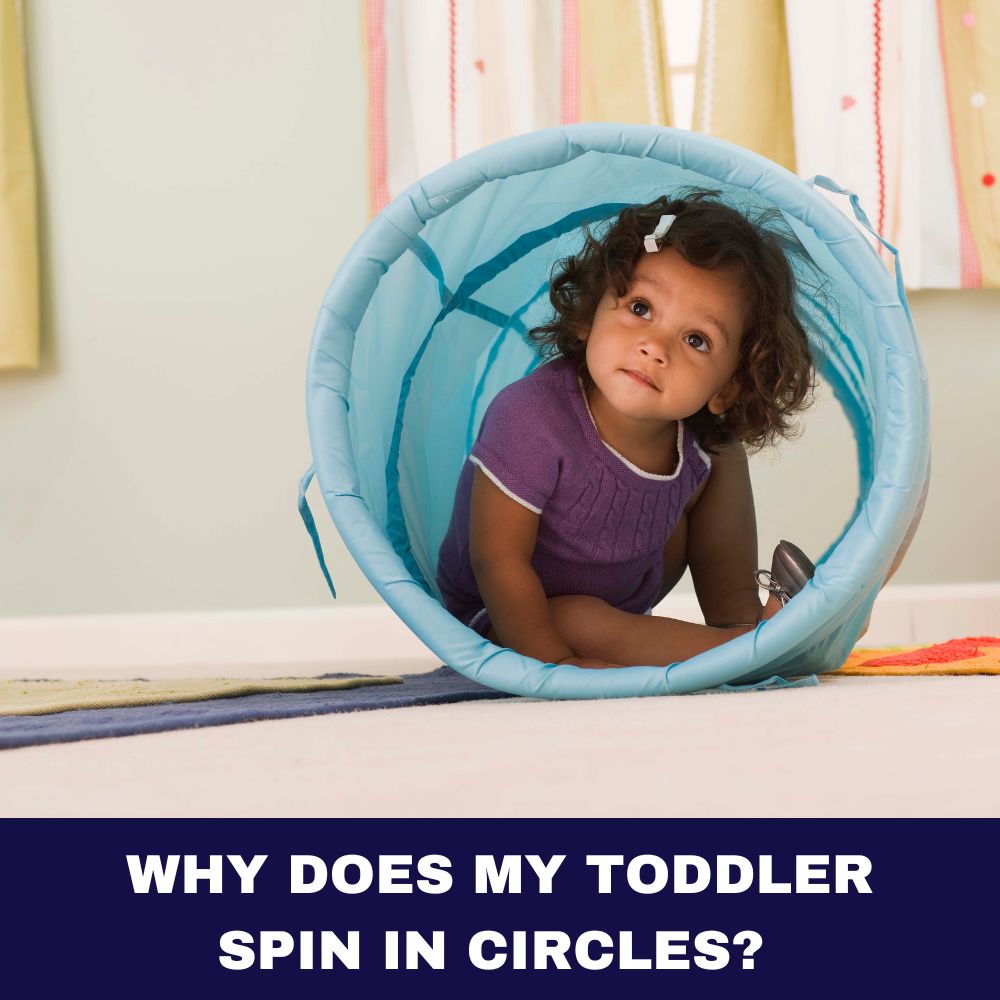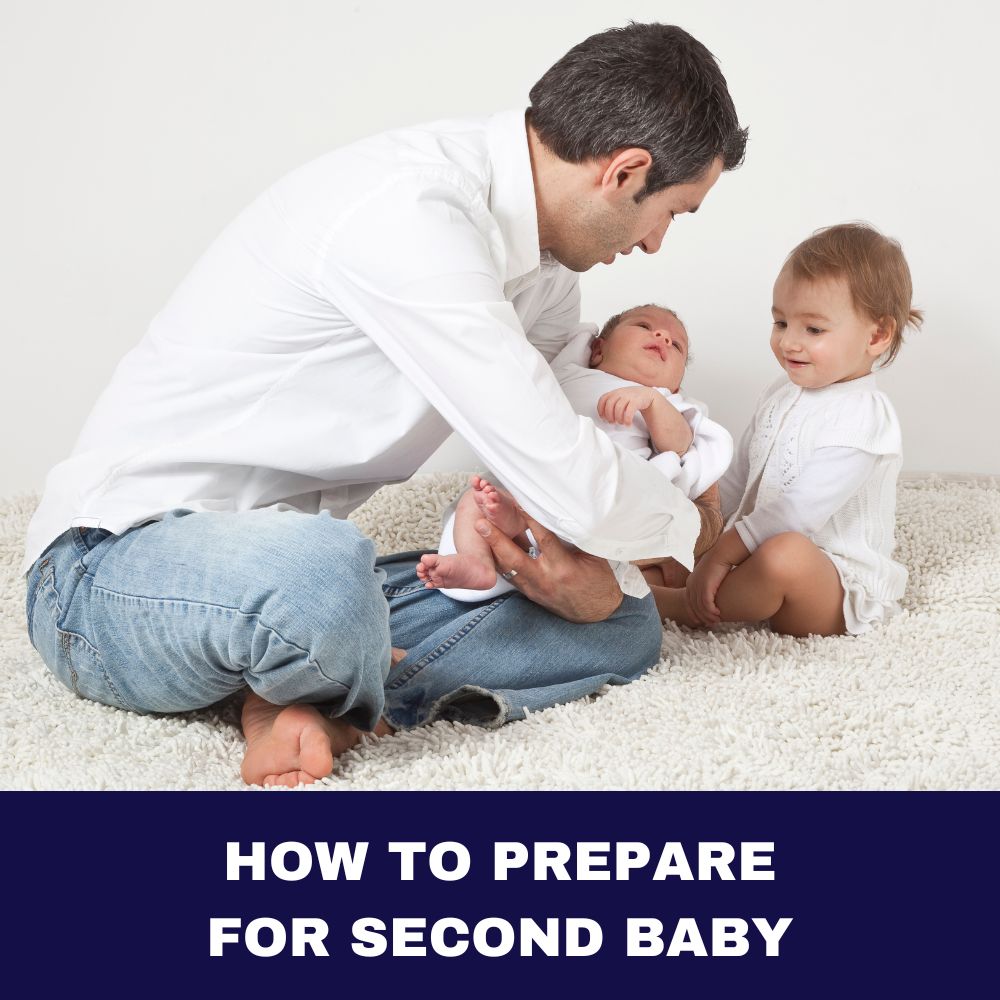As the parent of a busy 16 month old toddler, you may be wondering what types of activities for 16 month old are best for keeping your little one engaged and supporting their development. The key is finding a mix of activities that promote physical, cognitive, and social-emotional growth in fun ways. This ultimate guide breaks down the developmental milestones to expect at 16 months old, the best categories of play and activities for 16 month old, top specific examples, important guidelines, indoor vs. outdoor options, and answers to frequently asked questions.
Developmental Milestones at 16 Months Old
The 16 month mark brings lots of changes! Here are some of the key milestones your toddler will likely reach around this age:
Physical Milestones:
- Walking steadily and confidently
- Climbing onto furniture and other structures
- Scribbling with crayons or markers
- Turning pages in a book
- Developing pincer grasp to pick up small objects
- Throwing balls underhand
- Drinking from a cup unassisted
- Helping put on simple clothing items
Cognitive Milestones:
- Pointing to pictures when named
- Understanding simple 1-step directions
- Mimicking noises and speech
- Saying 5-10 meaningful words like “mama”, “dada”, “ball”, etc.
- Playing very simple pretend, like feeding a teddy bear
- Recognizing body parts when prompted
- Looking at correct picture when image is named
Social/Emotional Milestones:
- Engaging in parallel play near peers
- Being shy around strangers
- Showing affection to familiar caregivers
- Experiencing separation anxiety from primary caregivers
- Displaying emotions like excitement, anger, joy
- Throwing tantrums
- Liking silly antics to get attention
- Offering toys to peers as social initiation
Having an idea of what milestones to expect will help you identify appropriate activities that nurture your 16 month old’s emerging abilities.
| Developmental Area | Milestones |
|---|---|
| Physical | – Walking steadily – Climbing furniture – Scribbling with crayons – Turning pages in books – Pincer grasp to pick up small objects |
| Cognitive | – Pointing to pictures when named – Following 1-step directions – Mimicking noises and speech – Saying 5-10 words with meaning – Playing simple pretend |
| Social/Emotional | – Engaging in parallel play – Being shy around strangers – Showing affection to caregivers – Experiencing separation anxiety – Expressing emotions |
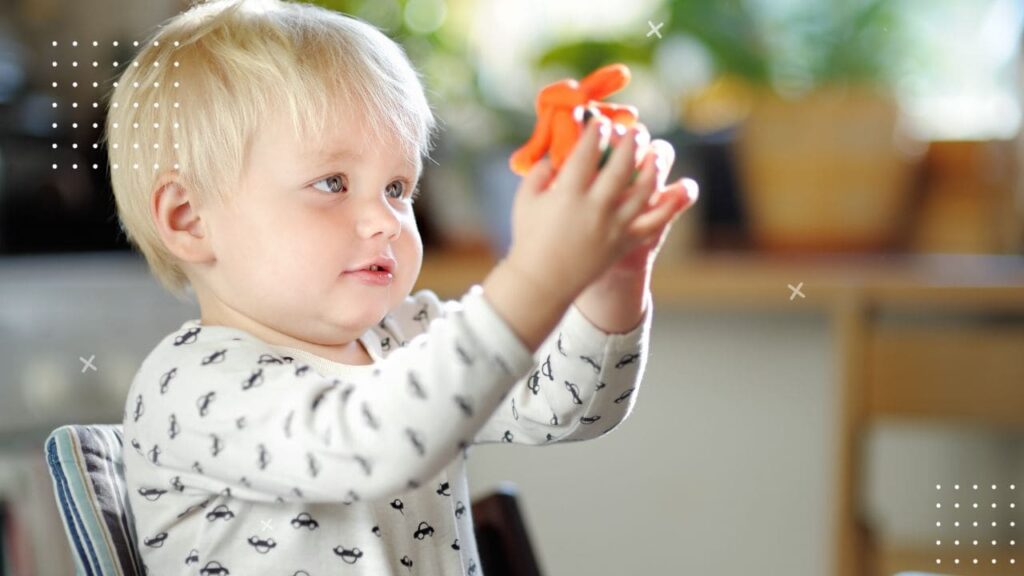
Best Types of Play and Activities for 16 Month Olds
Your toddler is like a little sponge at this age, eager to absorb new input and experiences as they build critical neural connections. Play provides that stimulating input! But with so many options out there, what kinds of activities are most likely to benefit your 16 month old? Here are top categories to focus on:
Physical Activities
Anything that gets your toddler moving helps build gross motor control and coordination. At 16 months old, activities like climbing, running, dancing provide healthy physical challenges. Play chasing games, have dance parties, go to playgrounds allowing them to climb and test limits physically. Supporting muscle development is key now.
Sensory Activities
Sensory play promotes discovery about different textures, sounds, smells, sights using the 5 senses. Let your 16 month old squash and mold clay or playdough, finger paint, fill containers with rice then dump them out, stack blocks in a sensory bin with beads, drop pom poms through a cardboard tube. Engaging the senses in these ways builds important neural connections.
Art & Craft Activities
Offer thick crayons, washable markers, or sidewalk chalk and let their creativity run wild! Tearing paper into pieces boosts fine motor skills too. Simple crafts like gluing objects or making stamped shapes are also great around 16 months old. Displaying their artwork gives a sense of pride and acceptance.
Pretend Play
Your toddler’s imagination is just starting to bloom at this age. Nurture it with puppets, dolls, stuffed animals, toy phones, plastic food sets and play kitchens. They’ll start to mimic everyday actions they observe like feeding a baby or having a conversation. Simple role playing builds language and cognitive growth in fun ways.
Music & Dance Activities
Toddlers love moving to music as it activates multiple parts of the brain and helps coordinate motions. Play all different musical genres and watch your little one bounce, spin, clap. Provide noise makers too. Use scarves or ribbons for dancing. Sing silly songs with gestures. Music brings joy and teaches pattern recognition.
Reading Activities
Looking at board books together promotes bonding, language development, listening skills and later literacy. Let them hold books, turn pages (even if just mashing), point out and name objects. Read expressively and ask questions occasionally. Cuddle up and make it a warm ritual.
Finding a balance of activities across these categories makes for a stimulating mix at this age. Now here are 10 specific ideas to try!
Top 10 Activities for 16 Month Old Toddlers
- Blow bubbles: Chasing bubbles encourages walking, jumping, coordination, problem solving. Just make sure the solution is non-toxic. Toddlers love popping the bubbles too!
- Play with stickers: Let them peel and stick to paper or smooth surfaces. It builds fine motor skills and they’ll be occupied for surprisingly long sticking stickers everywhere imaginable!
- Stage a puppet show: Use hand puppets or stuffed animals to make up stories, sing songs. Ask your toddler questions and have the puppets respond. This pretend play sparks the imagination!
- Have a dance party: Play favorite tunes and let your 16 month old move however they wish! Spinning, foot stomping, clapping, bouncing. Follow their lead dancing along.
- Finger paint: Cover the table or high chair tray with butcher paper. Provide non-toxic, washable paints and let them smear, stamp, spray, and smoosh away! Art builds creativity.
- Build a block tower: Stacking blocks develops hand-eye coordination and problem solving. Balance wooden blocks or soft blocks into towers and pyramids. Take turns adding blocks until they tumble. Then do it again!
- Read together: Pick sturdy board books and cuddle up together. Run fingers over illustrations as you name objects. Let them hold the book and turn pages. Ask questions occasionally.
- Play with Sensory Bin: Fill a shallow bin or basket with dry rice, beans, or sand. Add plastic animals, scoops, cups, vehicles and let them engage their senses digging, pouring, filling containers.
- Have a ball: Roll balls back and forth, play catch, sort by color or size. Kick balls around outside. Ball play encourages hand eye coordination and gross motor skills.
- Listen to music: Play different types of music and provide scarves, maracas, bells to dance with. Watch them feel the rhythm and see their favorites emerge. Toddler music classes are great too!
These are just a handful of the many engaging activities possible for 16 month olds. Offer a variety each day! Next let’s cover some key guidelines to make the most of this learning through play.
| # | Activity | Developmental Benefit |
|---|---|---|
| 1 | Blow bubbles | Gross motor skills, problem solving |
| 2 | Play with stickers | Fine motor skills |
| 3 | Puppet shows | Imagination, language |
| 4 | Dance parties | Gross motor, music understanding |
| 5 | Finger painting | Creativity, sensory play |
| 6 | Build block towers | Problem solving, motor skills |
| 7 | Read books together | Literacy, listening |
| 8 | Sensory bin play | Sensory stimulation, fine motor |
| 9 | Play ball games | Gross motor, hand-eye coordination |
| 10 | Listen to music | Rhythm understanding, dance |
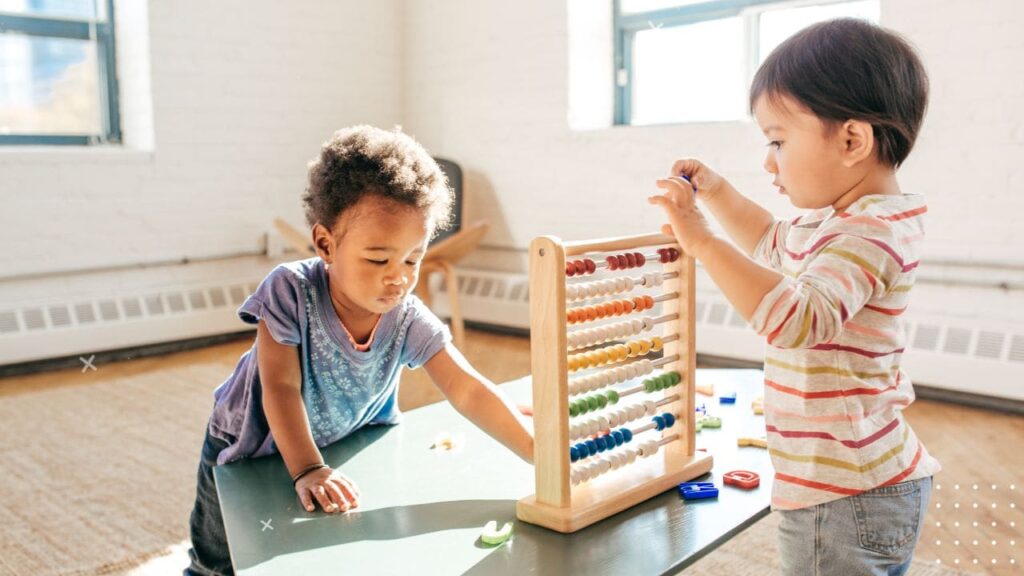
Guidelines for Supporting Your Toddler’s Development
Free unstructured play is important for growth at this age, however, providing some supportive structure helps guide your 16 month old as well. Here are tips:
- Set clear boundaries for safety: Limit access to any dangerous areas in or outside your home. Use baby gates and lock cabinets. Explain rules simply before play. Redirect if needed. Setting firm limits helps them feel secure.
- Establish daily routines: Having consistent wake up, meal, nap times and bedtimes helps provide order amidst the chaos of toddlerhood! Share a visual routine chart.
- Create “yes” play spaces: Dedicate areas of your home filled with toys and activities that are all fair game for independent play, allowing learning through trial and error. Rotate items to maintain freshness.
- Spend time playing together: Join in by narrating their actions, asking occasional questions, and modeling more complex ways to engage. Parallel play is common now but interacting side-by-side bonds.
- Foster interactions with peers: Schedule play dates, trips to toddler friendly places to encourage social initiation and parallel play with others the same age. These early social skills start here.
Following these tips will allow your toddler to explore actively while giving them the security of rules and engagement. Now let’s explore specific categories of activities in more depth!
Open-Ended Sensory Activities for Toddlers
Sensory play allows toddlers to tune into their senses, supporting brain development and cognitive growth. Here are top examples:
Playing with Bubble Wrap
Bubble wrap provides great texture and sound sensory input. Let your toddler stomp, jump, or roll cars over it. They’ll love the popping sound and sensation. It also builds motor skills trying to pop the bubbles with hands or feet. Enclose in a sensory bag for more sound!
Playing with Noodles
Cook extra noodles and let them finger paint with the cooked noodles once cooled. Sprinkle in some glitter for visual appeal! The texture helps develop fine motor skills and hands on exploration.
Exploring a Sensory Bin
Fill a shallow bin or basket with dry rice, beans, sand or water. Then add fun accessories like measuring cups, funnels, wheeled toys, plastic animals. Sit beside your toddler and describe what they are pouring, scooping, burying. Encourage interaction with the materials using all senses!
Dropping Items Through a Pop Tube
A pop tube toy has flexible rubber gaskets that objects “pop” through as they fall. Let your 16 month old develop hand-eye coordination practicing putting pom poms, blocks, balls through the tube. Encourage problem solving if items get stuck too.
Swinging
The feeling of swinging provides vestibular sensory input which allows the brain to process movement changes. Take your toddler to playgrounds with baby swings, help them balance using an indoor swing, play wheelbarrow walking games often. They’ll crave the motion!
Exploring through touch, sight, sound, smell and movement will continue being important at this age. Offer a mix of sensory options every week!
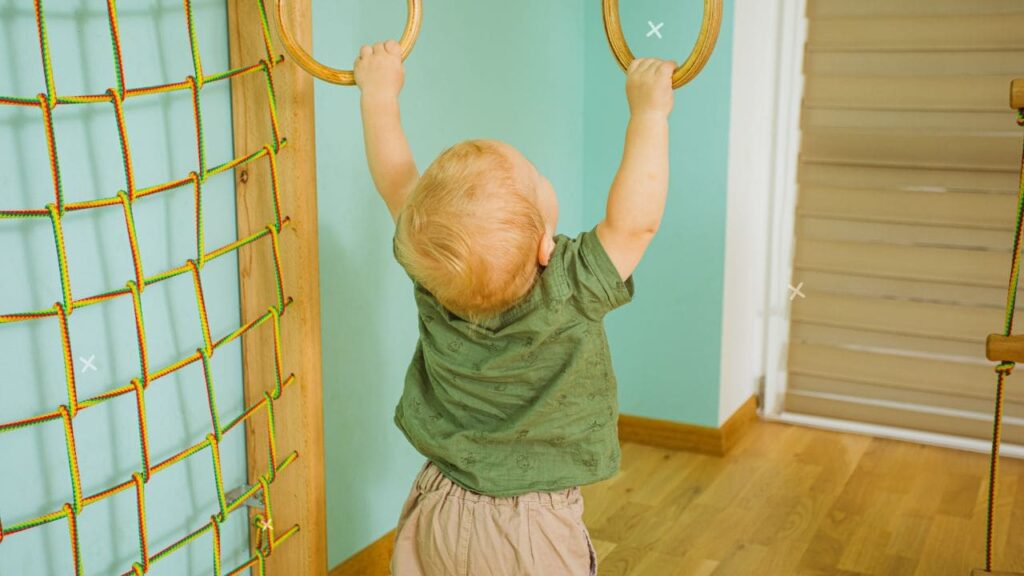
Social Emotional Activities to Try
Don’t underestimate the importance of nurturing emerging social-emotional skills too. As toddlers start understanding emotions and interacting more with others, help them practice with these activity ideas:
Coordinate Play Dates
Set up play time with other toddlers at an indoor gym, community center, or trading off hosting at home. Stay close to help facilitate parallel play and modeled interactions. Playing alongside peers builds confidence and sharing skills.
Mirror Their Emotions
Toddlers learn emotional intelligence when caregivers reflect their feelings back through facial expressions and labeled emotions like “You’re so excited! I see your happy smile!” Mirroring feelings helps them gain self awareness.
Have Simple Conversations
Engage your toddler in basic back-and-forth conversational exchanges by mimicking noises and gestures, asking open ended questions, listening. Conversations build vocabulary and social connections even when they babble back!
Model Turn Taking
During play, verbally alternate turms like “now it’s mommy’s turn to add a block, now it’s Johnny’s turn to add a block.” Reinforce sharing toys. Taking turns teaches important give-and-take that paves the way for cooperation later on.
As you can see, play activities can strengthen social ability as well! Weave these reminders into your everyday interactions.
Best Fine Motor Activities for Toddlers
Those little fingers get quite dexterous around the 16 month mark! Here are engaging ways to develop fine pincer grasp and hand-eye coordination:
- Provide chunky crayons and washable markers for coloring. Show them how to grasp the utensil using a pincer grip of pointer finger and thumb.
- Encourage building towers with blocks. Start them off, then let them add blocks. Celebrate when they add one successfully!
- Give them a small bowl of pom poms and let them practice picking the pieces up with thumb and finger only to transfer one by one to another bowl or tray.
- Use a plastic “handy scooper” toy with miniature toys like raisins or Cheerios inside a clear chamber. Let them strengthen wrist control to maneuver the scooper.
- Have them use a “pincer grasp” to open and close popular fidget toys like pop tubes, pop-its or pop sticks.
- In the bathtub or kitchen high chair, let them finger paint by applying and smooshing shaving cream designs, painting with yogurt or pudding.
The key is providing toys and objects that encourage refined pincer grasp motion to transfer small items from hand to hand. Their fine motor manipulation skills bloom with regular practice.
Gross Motor Skill Activities for Toddlers
In contrast to fine motor based play, gross motor activities build overall strength, balance and coordination through bigger body motions. Try these ideas:
- Put on favorite upbeat songs and let them move about as they wish! Spinning, foot stomping, shoulder shimmying—follow your toddler’s lead in dance.
- Head to playgrounds often for climbing, sliding, swinging which all build balance, risk taking and confidence. Stay close to spot.
- Set up an small inclined balance beam or paint a line on a sidewalk. Have them walk arms out for stability. Crouch beside to catch if needed.
- Purchase a kid friendly balance bike without pedals and let them push along using feet to propel. Make sure to use safety helmet.
- Sign up for parent-child swim lessons to get them comfortable in the water floating, splashing, learning basic skills.
- Challenge their flexibility through stretch pose races and yoga. See who can hold tree pose the longest! Toddler yoga boosts body awareness.
Vigorous activity every day helps your 16 month old strengthen their emerging coordination and physical skills through movement.
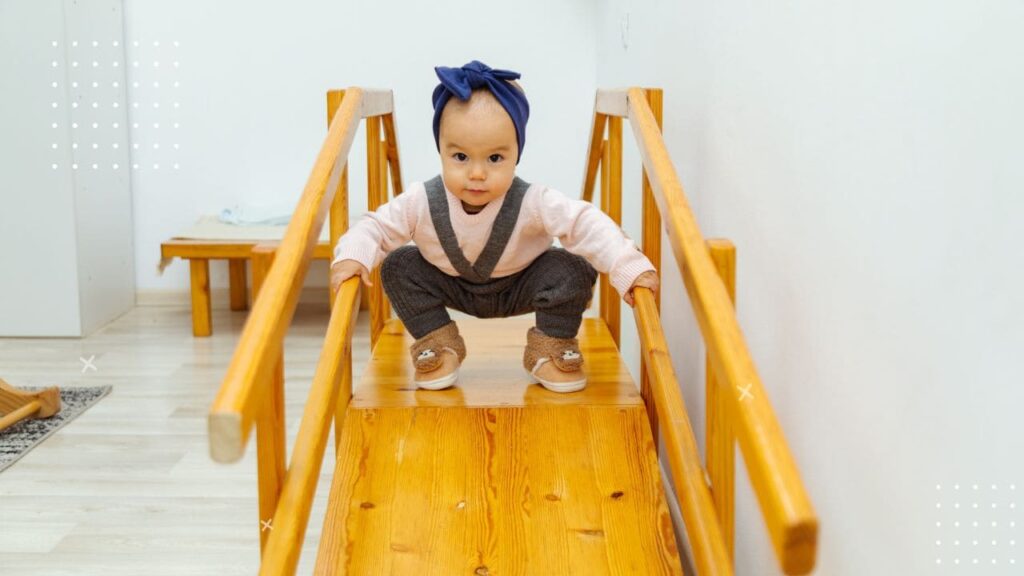
Fun Reading Activities for Your Toddler
Don’t underestimate the value of early literacy development through reading! Follow these tips:
Listen to Audiobooks Together
In addition to reading physical books, stream audiobooks which allow imaginative thinking as they visualize scenes described. Snuggle up and ask occasional questions about what they envision.
Read Outside
On nice days, spread out a blanket and read board books together in the fresh air. Point out birds, clouds, airplanes passing by that relate to the story. Being outside and moving makes listening more engaging.
Make Bedtime Stories a Special Ritual
Establish a predictable wind-down routine that includes 3-4 favorite nursery rhyme books every night. Keep it brief but make reading the award for getting jammies on, brushing teeth done.
Recite Beloved Stories from Memory
Toddlers love repetition, so once they have favorite stories memorized themselves, recite together from memory when bored like waiting at appointments. Let them fill in phrases with guidance. Bond over this storytelling time.
As you can see, there are many dimensions to reading at this young age. Make it a shared interactive process versus passive watching and literacy skills will blossom!
| Age | Reading Tips |
|---|---|
| 16 months | – Board books – Print awareness – Turning pages – Pointing at pictures |
| 18 months | – Listen to audiobooks – Recite familiar stories – Ask questions |
| 24 months | – Predict story endings – Connect stories to own life – Answer open-ended questions |

Indoor Activities to Try When You’re Stuck Inside
Rainy days keeping your toddler cooped up? Beat boredom by pulling out these indoor activity ideas:
- Building blanket forts – Drape sheets over furniture to make special play spaces. Add pillows and stuffies, pretend you’re camping! Forts fuel creativity and role playing skills.
- Dancing with scarves – Turn on music with different beats and provide sheer scarves. Show them how to wave silky scarves to the rhythms. Great gross motor fun!
- Playing dress up – Offer old clothing items like fun hats, oversized t-shirts, dresses etc and let them have fashion shows trying on different looks. Boosts pretend play.
- Making an indoor obstacle course – Set up a kid friendly course going over, under, through furniture and tunnels. Foster independence attempting new ways to move!
- Throwing soft balls into laundry baskets – Work on overhand grasp and aim practice. Count successful throws. Retrieve balls each round.
- Building ramp car runs – Prop up wood boards into ramps for toy cars to roll down. Experiment with slopes and add toy structures. Early engineering!
Don’t let bad weather dampen your fun. Engage your active toddler with these rainy day lifesavers!
Outdoor Play Activities When Weather Allows
Of course, getting outdoors is important too whenever possible for fresh air and big movement. Here are top outside activity suggestions:
Playground Outings
Frequent trips to playgrounds allow your 16 month old to climb ramps, go down slides, swing while developing balance, coordination and whole body strength safely. Stay close to spot just in case. Going with another toddler friend promotes parallel play too!
Bubble Chasing
Blow bubbles and let your toddler chase them around your yard or sidewalk trying to stomp or pop them! Great for visual tracking skills, walking practice, eye-hand coordination and pure laughing joy.
Sidewalk Chalk Art
Let them create colorful murals on your driveway or sidewalk slabs by grasping chunky chalk pieces. Demonstrate how to draw shapes and letters. Description narration fuels mark making skills building up to later writing.
Nature Walks
Go on wanders around your neighborhood or hiking trails taking in the sights and sounds while you point out squirrels, birds, trees, flowers. Open ended nature exploration nurtures curiosity and communication skills commenting back and forth.
Sprinkler Running
On hot days set up a sprinkler for your toddler to run and splash through. Put on those swim diapers and water safe clothing and let them cool off while working on coordination and freedom of movement.
Don’t save outdoor play just for perfect weather days. Bundle up in layers to head out in colder temps too. Daily outdoor movement is key for health so find ways to make it happen year round!
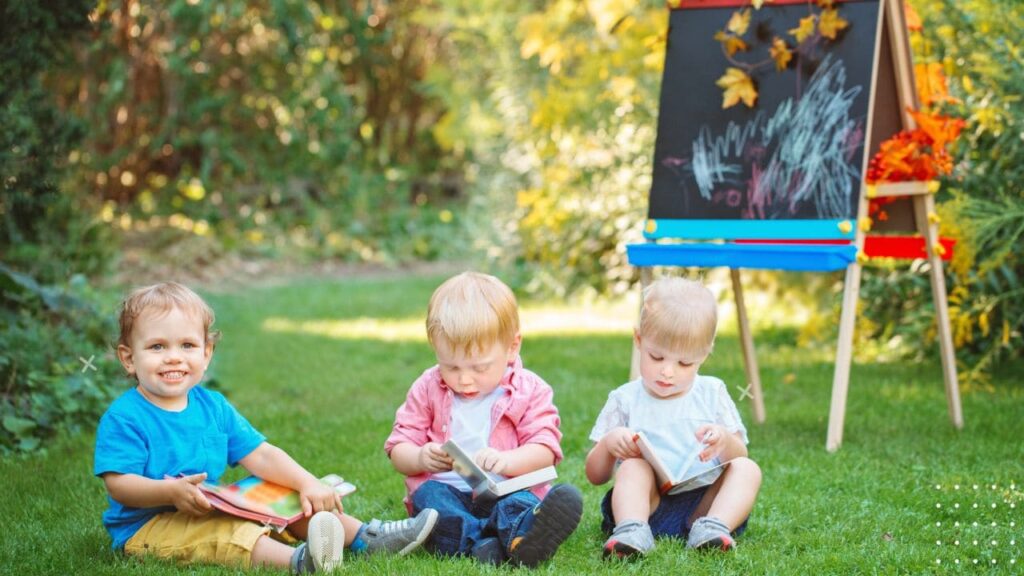
Conclusion
The 16 month mark is an incredible time of discovery about self, others and the physical world around them. Take advantage of your toddler’s natural curiosity by providing a rich environment of activities that stimulate emerging abilities. Pay attention to developmental milestones while also following your toddler’s unique interests. Move learning into the outdoors whenever possible for robust physical development. Ask occasional open-ended questions to stretch thinking skills. Offer activities across all categories of sensory, fine motor, gross motor, pretend play, art and reading regularly.
Most importantly, join your 16 month old in play, allowing them to take the lead in exploring newfound capabilities hands-on through play. It truly takes a village so engage siblings, grandparents and caregivers in playing together too. This shared family play strengthens secure attachment and promotes trying new things. If you focus less on “academic learning” and more on core developmental domains through play, your toddler will thrive gaining skills naturally at their own pace. Childhood is fleeting so soak up this precious playful stage because before you know it you’ll be chasing around an active preschooler!
FAQ – Activities for 16 Month Old
What if my toddler doesn’t seem interested in certain activities I set up?
It’s common for toddler interests to shift rapidly. If your 16 month old doesn’t want to participate in an activity you presented, don’t force it. Simply suggest another option or take a break. Try reintroducing the activity days later when their mood has changed. Pay attention to what types of play they gravitate towards and offer those more often.
How can I keep my active toddler engaged for longer stretches?
The key is to establish a mix of activities and toys for your 16 month old to fluidly move between to hold attention span. Set up distinct learning centers around your home dedicating spaces for art, reading, building blocks, dramatic play. Rotate novel items every week to create excitement. Get hands on modeling new ways to play. Narrate actions out loud. Toddlers stay focused longer when caregivers actively participate in play.
Is independent play or interactive play better at this age?
Actually, a balance of both independent play and interactive caregiver play benefits 16 month olds. Independent play allows self-directed learning, problem solving, and imagination. But adult guidance scaffolds harder challenges. So flow between demonstrate, observer, play side-by-side. The social stimulation keeps them motivated longer while still nurturing initiative and resilience.
What kinds of toys are most educational for my toddler?
The best toddler toys are 90% open-ended instead of single-purpose. Simple household objects often double as great educational toys too! Opt for toys that spark imagination, develop motor skills, encourage role play. Building blocks, play dough, chunky crayons, push/pull toys cars are prime examples. Rotate novel accessories like cookie cutters, textured balls etc to maintain novelty. It’s more about the play than the toy itself.
Don’t stress too much about having the “perfect” activities or educational toys on hand. At 16 months old, play and learning happens through everyday interactions and environments. Follow your toddler’s lead in play, ask occasional questions, add gentle challenges, participate actively, limit screen time and foster independence balanced with engagement. If your toddler smiles joyfully through their days, you’re doing great!
